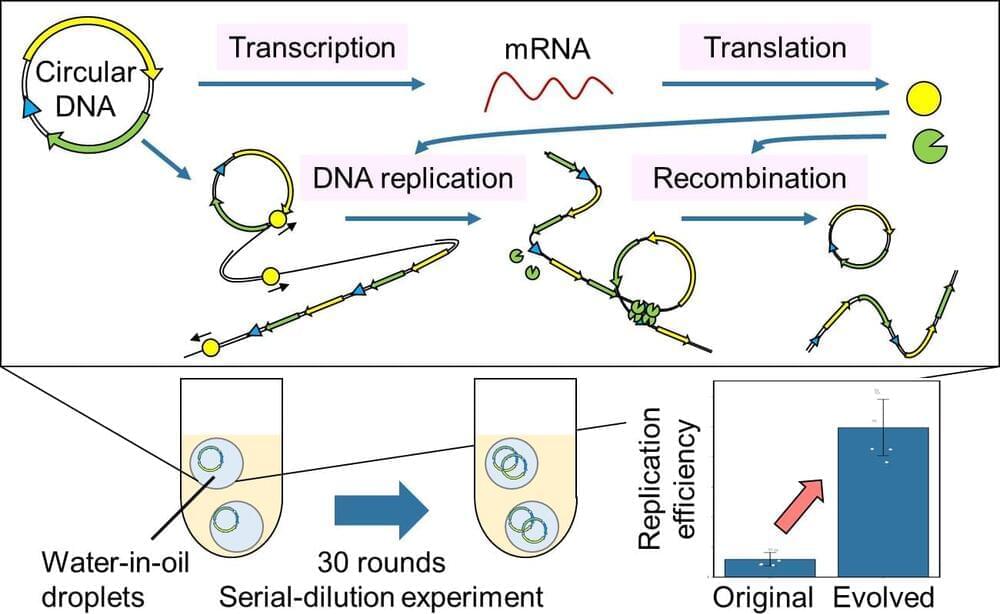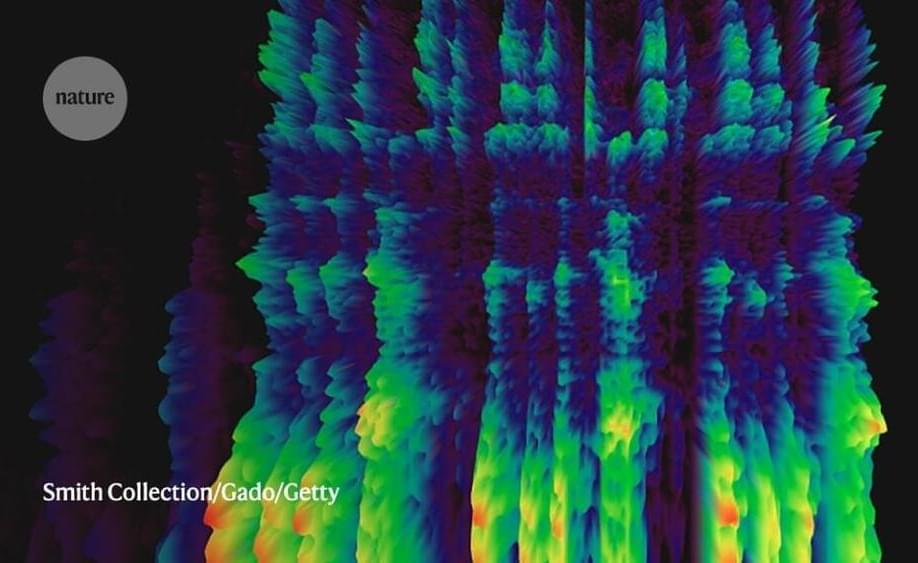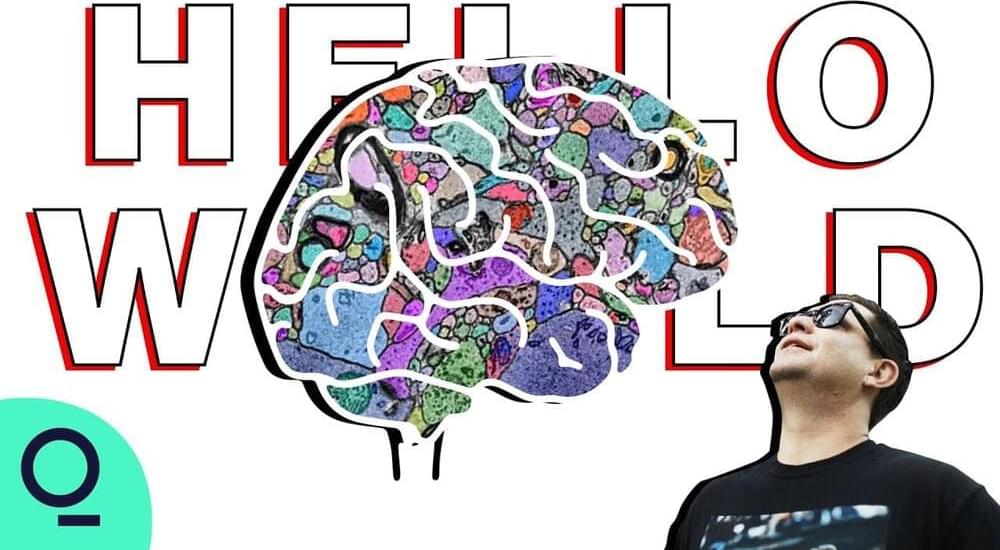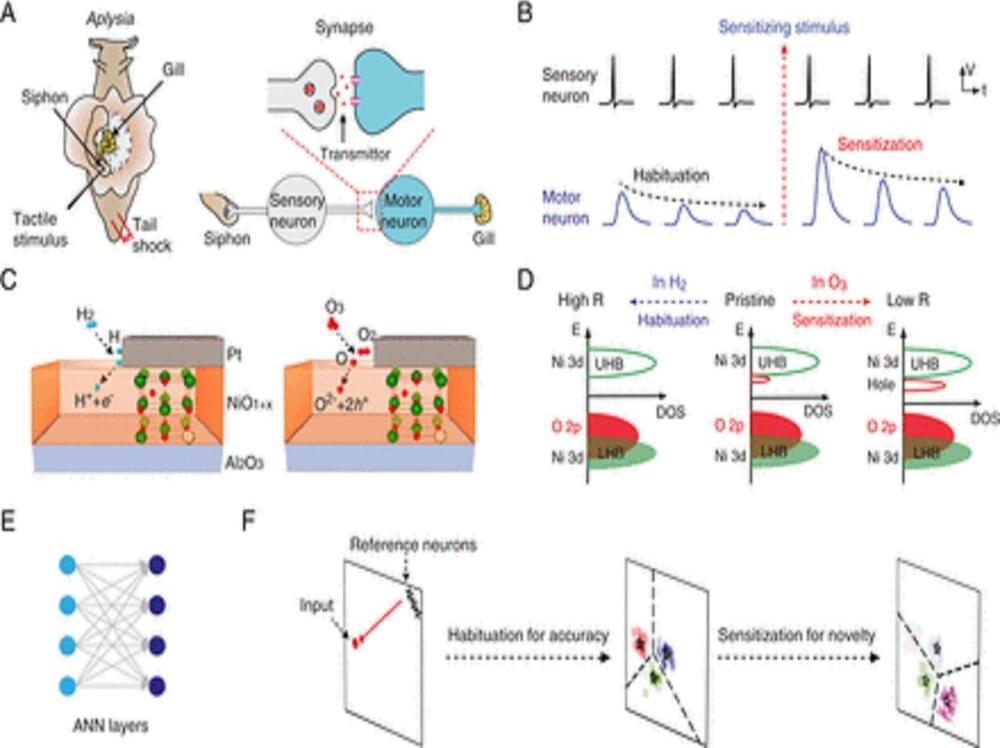Move over manufacturing; agriculture is fast approaching the lights-out farm.



The team has set an internal deadline of 2025.
In a move that could peg it against electric vehicle market leader, Tesla, Apple has begun working aggressively on its fully autonomous electric car, Bloomberg reported. Developing a car has been on Apple’s agenda since 2014 but recent moves within the company signal a push towards making an Apple car a reality.
Given Apple’s history of taking regularly used products and transforming them into their must-have versions using excellent design, it is hardly a surprise. With Steve Jobs at the helm of affairs, Apple made the iPod even when music players were ubiquitous. Then the company revealed the iPhone when Nokia was still selling resistive touch screens as its premium product. And recently, the Apple Watch has become the “it” wearable even though there are other smartwatch options in the market. During a time where electric vehicles are in a surge, it only seems natural that the electric car is Apple’s next target.

Glaucoma is a surprisingly common condition that can have serious consequences if it goes untreated. Understanding the importance of early detection, a team of engineers and ophthalmologists in Australia has developed a novel approach using AI to diagnose glaucoma that can yield results in just 10 s.
Have you ever experimented with food dye? It can make cooking a lot more fun, and provides a great example of how two fluids can mix together well—or not much at all.
Add a small droplet in water and you might see it slowly dissolve in the larger liquid. Add a few more drops and perhaps you’ll see a wave of color spread, the colored droplets spreading and breaking apart to diffuse more thoroughly. Add a spoon and begin stirring quickly, and you’ll probably find that the water fully changes color, as desired.
Researchers at the USC Viterbi School of Engineering, led by Ivan Bermejo-Moreno, assistant professor of aerospace and mechanical engineering, studied a similar phenomenon with gases at high speeds, with an eye toward more efficient mixing to support supersonic scramjet engines. In the study, published in Physics of Fluids, USC Viterbi Ph.D. Jonas Buchmeier, along with Xiangyu Gao (USC Viterbi Ph.D. ‘20) and former visiting M.Sc. student Alexander Bußmann (Technical University Munich), developed a novel tracking method that zoomed in on the fundamentals of how mixing happens. The study helps understand, for example, how injected fuel interacts with the surrounding oxidizers (air) in the engine to make it operate optimally, or how interstellar gases mix after a supernova explosion to form new stars. The method focuses on the geometric and physical properties of the turbulent swirling motions of gases and how they change shape over time as they mix.

Sources “familiar with the matter” told Bloomberg that the team in charge of developing the Apple Car was previously stuck choosing between two different developments paths: a more traditional EV with some enhanced driver-assist features similar to what you get from a number of existing vehicles, or a more sophisticated EV capable of a true autonomous driving with no input from its passengers.
Now, based on Bloomberg’s report, it seems Project Titan (Apple’s codename for the Apple Car) and new project leader Kevin Lynch have decided to go the latter route, with Apple looking to create a fully autonomous vehicle with no pedals or steering.
Of course, deciding to make a true self-driving car is easier said than done, as no automaker has yet to release a proper Level 5 autonomous vehicle, defined as a car that can pilot itself without any human intervention under any conditions or driving situations.

Professor Norikazu Ichihashi and his colleagues at the University of Tokyo have successfully induced gene expression from a DNA, characteristic of all life, and evolution through continuous replication extracellularly using cell-free materials alone, such as nucleic acids and proteins for the first time.
The ability to proliferate and evolve is one of the defining characteristics of living organisms. However, no artificial materials with these characteristics have been created. In order to develop an artificial molecular system that can multiply and evolve, the information (genes) coded in DNA must be translated into RNA, proteins must be expressed, and the cycle of DNA replication with those proteins must continue over a long period in the system. To date, it has been impossible to create a reaction system in which the genes necessary for DNA replication are expressed while those genes simultaneously carry out their function.
The group succeeded in translating the genes into proteins and replicating the original circular DNA with the translated proteins by using a circular DNA carrying two genes necessary for DNA replication (artificial genomic DNA) and a cell-free transcription-translation system. Furthermore, they also successfully improved the DNA to evolve to a DNA with a 10-fold increase in replication efficiency by continuing this DNA replication cycle for about 60 days.
By adding the genes necessary for transcription and translation to the artificial genomic DNA developed by the group, it could be possible to develop artificial cells that can grow autonomously simply by feeding them low-molecular-weight compounds such as amino acids and nucleotides, in the future. If such artificial cells can be created, we can expect that useful substances currently produced using living organisms (such as substances for drug development and food production) will become more stable and easier to control.
This research has been led by Professor Norikazu Ichihashi, a research director of the project “Development of a self-regenerative artificial genome replication-transcription-translation system” in the research area “Large-scale genome synthesis and cell programming” under the JST’s Strategic Basic Research Programs CREST (Team type). In this research area, JST aims to elucidate basic principles in relation to the structure and function of genomes for the creation of a platform technology for the use of cells.

The pandemic brought about a change in the way people look at technology. 2021 proves to be the development of a new era of technology where AI is at the core.
According to McKinsey’s Global Survey on artificial intelligence (AI) 2020, organizations are using AI as a tool for generating value in the form of revenues. Some executives have even observed that implementing AI has brought about a change of 20% in the organizations’ earnings. The COVID-19 pandemic has accelerated the concept of ‘all things digital’, and these companies plan to invest more in AI.


There’s a multibillion-dollar race going on to build the first complete map of the brain, something scientists are calling the “connectome.” It involves slicing the brain into thousands of pieces, and then digitally stitching them back together using a powerful AI algorithm.
Presented by Polestar.
#HelloWorld #Science #BloombergQuicktake.
About Hello World:
Meet the exotic, colorful, and endlessly entertaining characters that make up the technology industry beyond big tech. Watch Bloomberg’s Ashlee Vance in a journey around the world to find the inventors, scientists and technologists shaping our future: https://youtube.com/playlist?list=PLqq4LnWs3olU-bP2R9uD8YXbt02JjocOk.
——-
Like this video? Subscribe: http://www.youtube.com/Bloomberg?sub_confirmation=1
Become a Quicktake Member for exclusive perks: http://www.youtube.com/bloomberg/join.

Whoever controls AI controls the world
“Most Valuable AI unicorn” goes for IPO.
“In 2019, SenseTime became one of the first Chinese companies to be placed on the US Entity List, a trade blacklist that restricts it from gaining access to certain technologies originating from the US. The White House under Donald Trump claimed that the company was ”implicated in human rights violations and abuses in the implementation of China’s campaign of repression, mass arbitrary detention, and high-technology surveillance” against the Uyghur population, a mostly Muslim ethnic group in the Xinjiang region.
SenseTime – a Chinese artificial intelligence (AI) company – has been approved to list on the Hong Kong Stock Exchange.

Rutgers researchers and their collaborators have found that learning — a universal feature of intelligence in living beings — can be mimicked in synthetic matter, a discovery that in turn could inspire new algorithms for artificial intelligence (AI).
The study appears in the journal PNAS.
One of the fundamental characteristics of humans is the ability to continuously learn from and adapt to changing environments. But until recently, AI has been narrowly focused on emulating human logic. Now, researchers are looking to mimic human cognition in devices that can learn, remember and make decisions the way a human brain does.